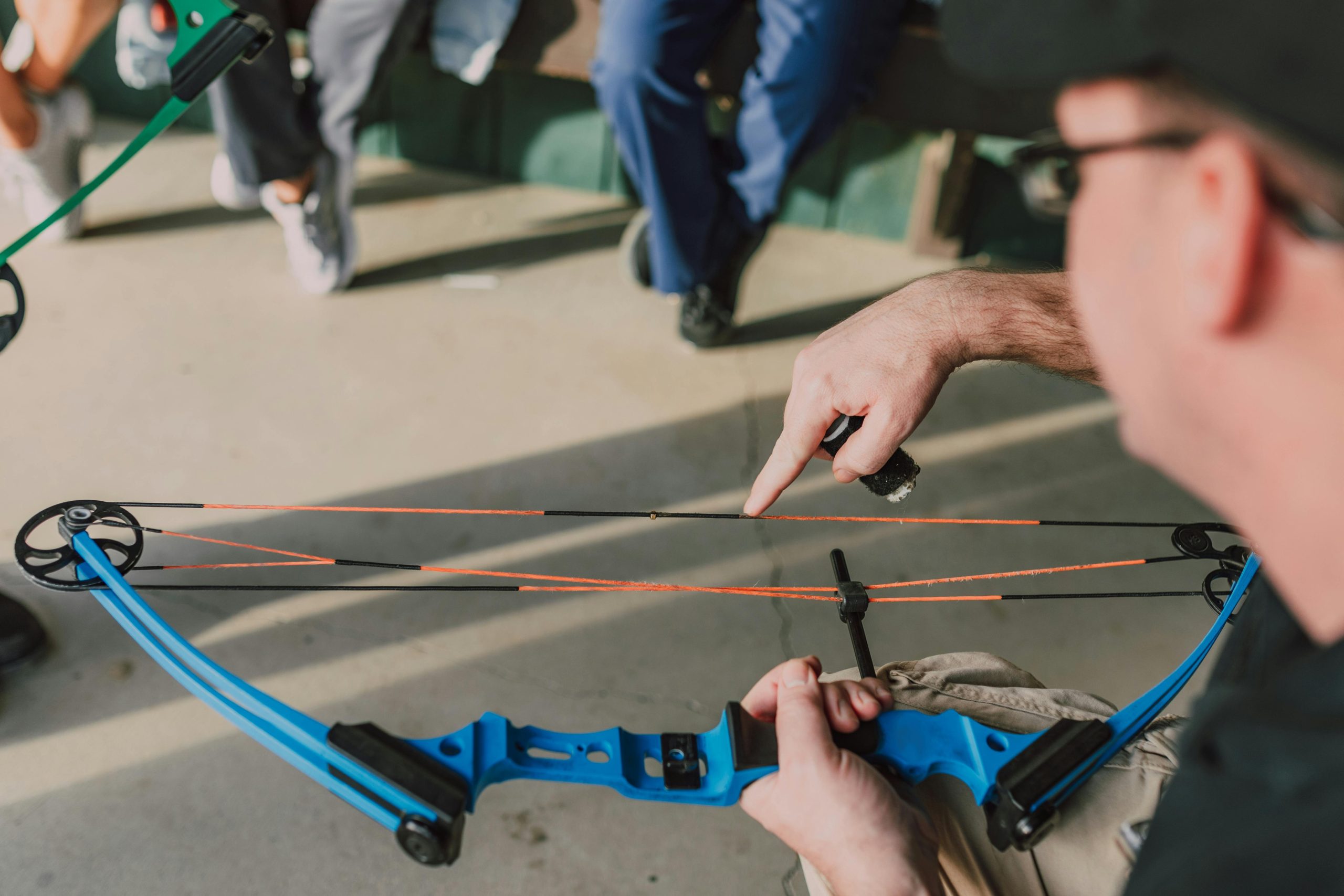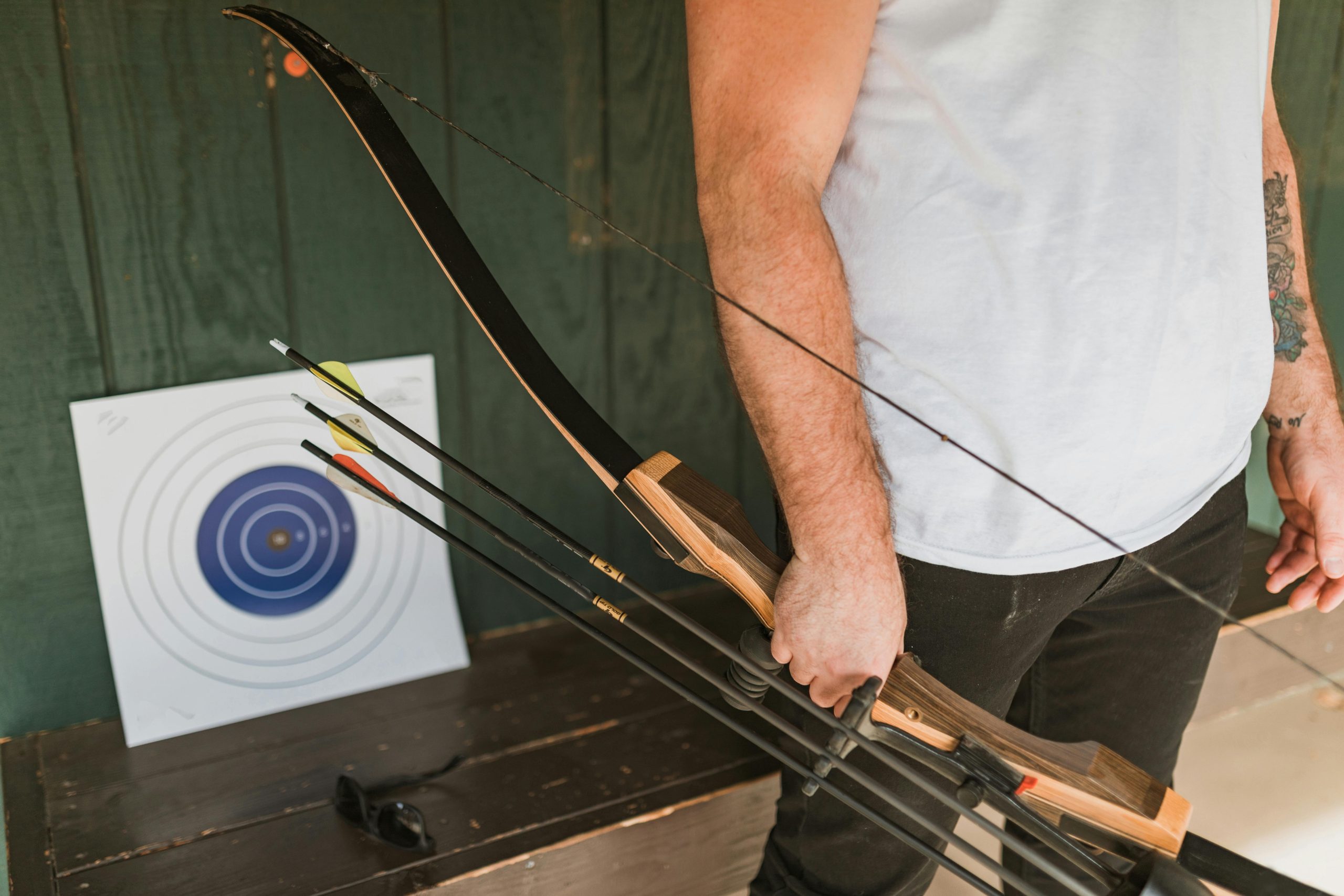“Ever tried teaching your dog to high-five using a command that makes no sense? Spoiler: You’re not alone.”
Welcome to the world of target training, where “Hand Target with Verbal Cues” becomes your golden ticket to better-behaved pets. Whether you’re struggling with stubborn pooches or curious cats, this guide is here to turn chaos into harmony. Together, we’ll explore what hand target training entails, how it works, and actionable steps to master this technique in no time.
In this post, you’ll learn:
- The science behind target training
- A step-by-step guide to teaching the “Hand Target with Verbal Cues”
- Tips for troubleshooting common mistakes
- Real-life success stories from fellow pet parents
Table of Contents
- Key Takeaways
- Why Is Target Training Essential?
- How to Train Your Pet Using Hand Target with Verbal Cues
- Top Tips for Success
- Examples of Target Training Wonders
- Frequently Asked Questions
Key Takeaways
- Hand target training creates strong communication between you and your pet.
- Verbal cues enhance precision by pairing actions with specific commands.
- Consistency and patience are non-negotiables for successful training.
- Even failures teach valuable lessons—don’t give up!
Why Is Target Training Essential?
Let’s face it: Pets can be unpredictable. But imagine having a reliable way to direct their focus during chaotic moments (like when someone rings the doorbell). This is where “Hand Target with Verbal Cues” shines. By teaching your furry friend to touch their nose or paw to your hand on command, you create a foundation for advanced behaviors and stress-free vet visits.
For example, I once attempted to use a laser pointer as my go-to distraction tool for my overly energetic Border Collie. Big mistake. Not only did he spiral into obsession, but he also developed an unhealthy fixation on chasing imaginary dots. Cue exasperated sighs and hours spent Googling “how to fix obsessive dog behavior.” Don’t make my rookie error; opt for structured methods like hand targeting instead.

How to Train Your Pet Using Hand Target with Verbal Cues
Step 1: Start Simple
Pick a quiet space free of distractions. Hold out your palm about six inches away from your pet’s nose. When they sniff or move toward your hand, immediately reward them with a treat and say “Touch!” enthusiastically.
Step 2: Add Distance
Gradually increase the distance between your hand and your pet. If they hesitate, return to Step 1 briefly before trying again. Keep sessions short (5–10 minutes) to maintain interest.
Step 3: Introduce the Verbal Cue
Once your pet consistently touches your hand without hesitation, pair the action with a clear verbal cue like “Target!” Repeat until they associate the word with the desired behavior.
Step 4: Practice Everywhere
Take your show on the road! Practice in different environments—indoors, outdoors, crowded areas—to reinforce reliability.

Top Tips for Success
- Stay Consistent: Use the same hand signal and verbal cue every time.
- Reward Generously: Positive reinforcement is key. Stock up on treats!
- Be Patient: Progress takes time. Ugh, fine—but only if coffee’s involved.
- Avoid Overtraining: Limit sessions to avoid burnout.
Pro Tip: Make It Fun
Incorporate playful elements like clapping or cheering to keep your pet engaged. After all, no one wants training to feel like math homework.
Examples of Target Training Wonders
Sarah J., a proud Beagle owner, shared her story: “My pup used to bolt out the door whenever it opened. Now, thanks to hand targeting, she reliably sits near me until released.”
Another inspiring tale comes from Mark T., who trained his rescue cat to jump onto designated spots using target training. “People think I’m some kind of feline whisperer now,” he jokes. “Truth is, it was all about consistency.”

Frequently Asked Questions
Q1: How long does it take to train a pet using hand targets?
A1: Every pet is unique, but most grasp the basics within 1–2 weeks of consistent practice.
Q2: Can older pets learn this skill?
A2: Absolutely! While puppies and kittens may adapt faster, adult animals thrive with patience and repetition.
Q3: What if my pet doesn’t respond?
A3: Reevaluate your approach. Ensure rewards are enticing, sessions are engaging, and distractions are minimal.
Q4: Do verbal cues really matter?
A4: Yes! Verbal cues add clarity and help solidify the connection between action and reward.
Conclusion
Congratulations—you’ve unlocked the secrets to mastering “Hand Target with Verbal Cues” for your four-legged companion. With dedication and these strategies, you’re well on your way to achieving harmony and cooperation. Remember, progress might seem slow at first, but trust the process.
Final thought: Like a Tamagotchi, your SEO needs daily care. Keep practicing, stay consistent, and watch those tails wag!


